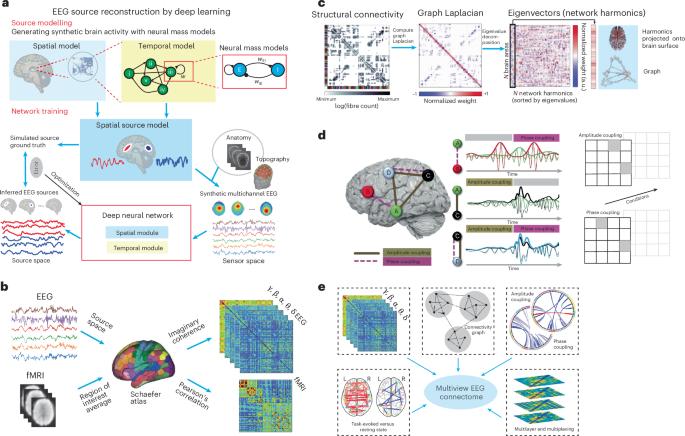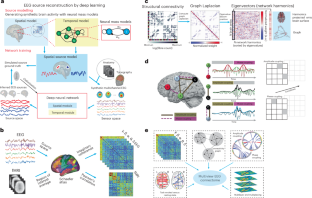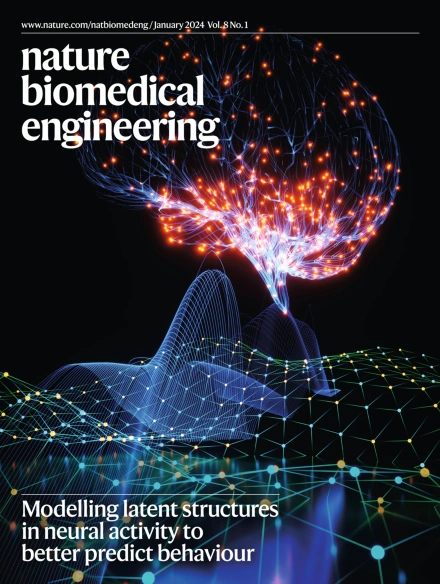利用脑电图连接体进行认知和临床神经科学研究
IF 26.8
1区 医学
Q1 ENGINEERING, BIOMEDICAL
引用次数: 0
摘要
脑电图(EEG)连接体为研究大脑连接提供了强大的工具,并促进了我们对健康和病理状态下大脑功能和功能障碍的理解。为了庆祝脑电图发现100周年,本展望探讨了基于脑电图的大脑连接在基础和转化神经科学研究中的前沿。我们回顾了利用脑电图连接体的新概念、新兴分析框架和重大进展。我们建议利用机器学习方法可能提供有希望的途径来最大化EEG连接体的优势。我们还讨论了脑电图连接组和神经调节的结合如何提供个性化和自适应的闭环范式,以促进神经可塑性和治疗功能失调的大脑。我们进一步解决当前方法的局限性和挑战,并触及有关研究严谨性和临床可行性对转化影响的重要问题。本文章由计算机程序翻译,如有差异,请以英文原文为准。


Harnessing electroencephalography connectomes for cognitive and clinical neuroscience
Electroencephalography (EEG) connectomes offer powerful tools for studying brain connectivity and advancing our understanding of brain function and dysfunction in both healthy and pathological conditions. Celebrating the 100th anniversary of EEG discovery, this Perspective explores the frontiers of EEG-based brain connectivity in basic and translational neuroscience research. We review new concepts, emerging analysis frameworks and significant advances in harnessing EEG connectomes. We suggest that leveraging machine learning approaches may offer promising paths to maximize the strengths of EEG connectomes. We also discuss how combined EEG connectome and neuromodulation provide a personalized and adaptive closed-loop paradigm to promote neuroplasticity and treat dysfunctional brains. We further address the limitations and challenges of the current methodology and touch on important issues regarding research rigour and clinical viability for translational impact. This Perspective explores electroencephalography-based connectivity research, highlighting machine learning’s potential and the promise of personalized neuromodulation to enhance neuroplasticity and treat brain dysfunction, while addressing methodological challenges and translational prospects.
求助全文
通过发布文献求助,成功后即可免费获取论文全文。
去求助
来源期刊

Nature Biomedical Engineering
Medicine-Medicine (miscellaneous)
CiteScore
45.30
自引率
1.10%
发文量
138
期刊介绍:
Nature Biomedical Engineering is an online-only monthly journal that was launched in January 2017. It aims to publish original research, reviews, and commentary focusing on applied biomedicine and health technology. The journal targets a diverse audience, including life scientists who are involved in developing experimental or computational systems and methods to enhance our understanding of human physiology. It also covers biomedical researchers and engineers who are engaged in designing or optimizing therapies, assays, devices, or procedures for diagnosing or treating diseases. Additionally, clinicians, who make use of research outputs to evaluate patient health or administer therapy in various clinical settings and healthcare contexts, are also part of the target audience.
 求助内容:
求助内容: 应助结果提醒方式:
应助结果提醒方式:


